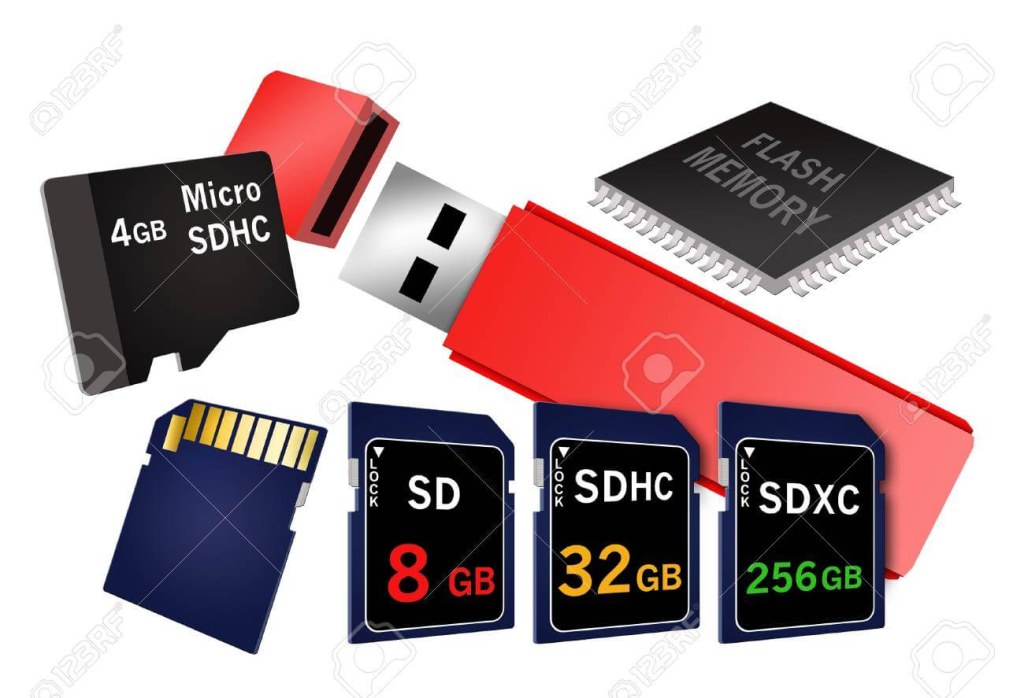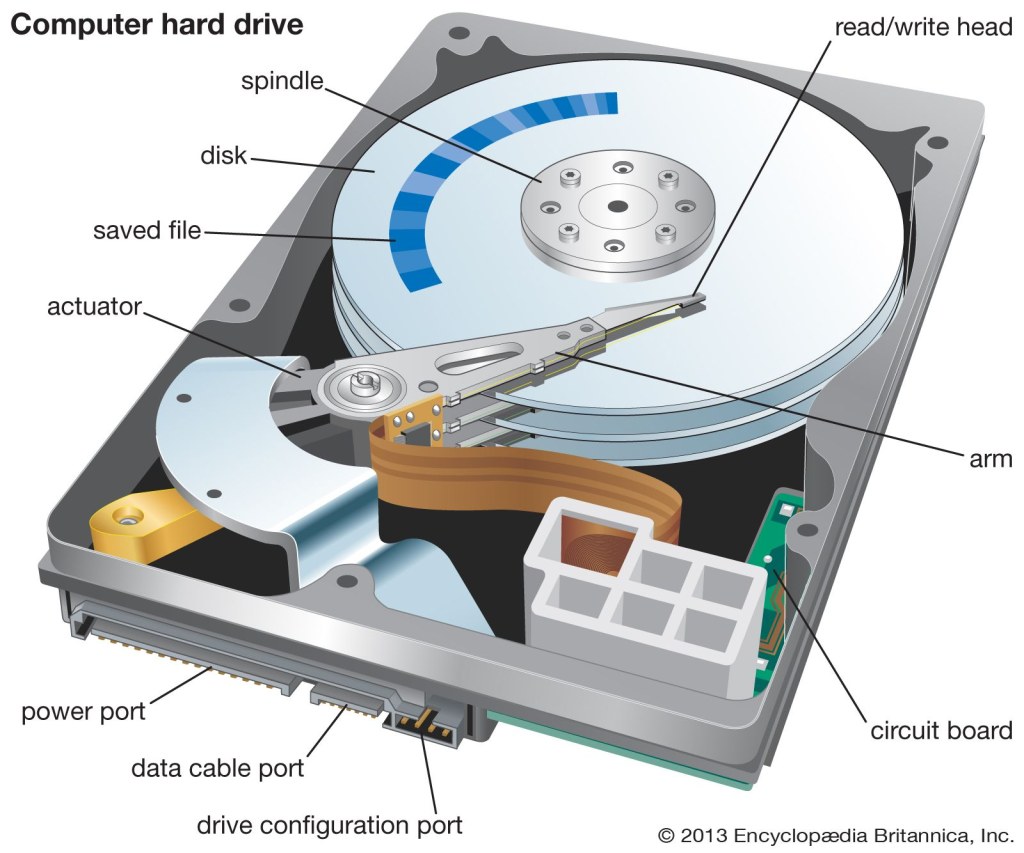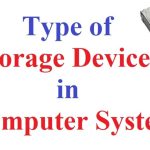Unlock The Power Of Storage Devices Description: Empower Your Digital World With Cutting-Edge Solutions!
Storage Devices Description
Introduction
Hello Readers,
3 Picture Gallery: Unlock The Power Of Storage Devices Description: Empower Your Digital World With Cutting-Edge Solutions!



Welcome to this informative article on storage devices! In today’s digital age, where data has become the lifeblood of businesses and individuals alike, the importance of storage devices cannot be overstated. Whether it’s storing important documents, precious memories, or large media files, having the right storage device is crucial. In this article, we will delve into the world of storage devices and provide you with a comprehensive description of their types, functions, advantages, and disadvantages. So, let’s dive in and explore the fascinating world of storage devices!
Overview of Storage Devices

Image Source: wikimedia.org
Storage devices are electronic devices or components used to store and retrieve data. They come in various forms, each with its own unique characteristics and purposes. From traditional hard disk drives (HDDs) to modern solid-state drives (SSDs) and cloud storage solutions, the options are vast. These devices enable users to store data securely and access it whenever needed. Let’s take a closer look at the different types of storage devices and their features:
Hard Disk Drives (HDDs) 🖥️
Hard disk drives, often referred to as HDDs, have been a staple in the world of storage for many years. They consist of one or more spinning magnetic disks and a read/write head that moves across the surface of the disks to access data. HDDs are known for their high storage capacity and relatively lower cost compared to other storage options. However, they can be slower in terms of data transfer speed and are more susceptible to physical damage due to their mechanical nature.
Solid-State Drives (SSDs) 💾
Solid-state drives, or SSDs, have gained popularity in recent years due to their faster performance and increased durability. Unlike HDDs, SSDs use flash memory to store data, eliminating the need for moving parts. This results in faster data access times and improved overall system performance. SSDs are available in various form factors, such as SATA, M.2, and PCIe, making them compatible with a wide range of devices. However, SSDs generally offer lower storage capacities compared to HDDs and can be more expensive.
Cloud Storage ☁️

Image Source: javatpoint.com
Cloud storage has revolutionized the way we store and access data. Instead of relying on physical storage devices, cloud storage allows users to store their data on remote servers accessible over the internet. This provides flexibility, scalability, and easy accessibility from any device with an internet connection. Cloud storage services like Dropbox, Google Drive, and Microsoft OneDrive offer both free and paid storage options, catering to different user needs. However, reliance on internet connectivity and potential security risks are important considerations when utilizing cloud storage.
External Hard Drives 📀
External hard drives offer a portable and convenient storage solution. They are similar to internal hard drives in terms of functionality but are housed in an external enclosure. This allows users to connect the drive to their computer or other devices via USB or other interfaces. External hard drives are available in different storage capacities, ranging from a few gigabytes to several terabytes, making them suitable for various purposes. They provide a reliable backup solution and enable easy data transfer between different devices.
Network Attached Storage (NAS) 🌐

Image Source: britannica.com
Network Attached Storage, or NAS, is a storage device that is connected to a local network and provides centralized storage and file-sharing capabilities. NAS devices are typically equipped with multiple hard drive bays, allowing for extensive storage capacity. They are commonly used in homes and small businesses to create a shared storage environment accessible by multiple devices. NAS offers features like data redundancy, remote access, and media streaming, making it a versatile solution for both personal and professional use.
USB Flash Drives 💽
USB flash drives, also known as thumb drives or pen drives, are small, portable storage devices that connect to computers via USB ports. They are lightweight, easy to use, and offer varying storage capacities, usually ranging from a few gigabytes to several hundred gigabytes. USB flash drives are commonly used for transferring files between devices, creating backups, or carrying important documents. However, they can be physically fragile and prone to data corruption if mishandled or removed improperly.
What is Storage Devices?
Storage devices are electronic devices or components used to store and retrieve data. They come in various forms, such as hard disk drives (HDDs), solid-state drives (SSDs), cloud storage, external hard drives, network attached storage (NAS), and USB flash drives. These devices play a crucial role in storing important information, files, and media, providing easy access whenever needed.
Who Uses Storage Devices?
Storage devices are utilized by a wide range of individuals, ranging from students, professionals, and businesses of all sizes. Students use storage devices to store their educational materials, projects, and personal data. Professionals rely on storage devices to store work-related documents, client files, and media assets. Businesses require storage devices to store critical data, databases, and backup files. In short, anyone who needs to store and access data efficiently can benefit from using storage devices.
When to Use Storage Devices?
Storage devices are used whenever there is a need to store and access data. Whether it’s for personal, educational, or professional purposes, storage devices come in handy in various situations. When you need to create backups of important files, store large media files, transfer data between devices, or have a reliable storage solution, storage devices are essential.
Where to Find Storage Devices?
Storage devices can be found in various places, both online and offline. They are available in electronics stores, computer hardware retailers, and online marketplaces. Popular online platforms like Amazon, Best Buy, and Newegg offer a wide selection of storage devices from different brands, providing convenience and competitive pricing. Additionally, manufacturers’ websites and official resellers are reliable sources to find genuine storage devices.
Why Use Storage Devices?
There are several reasons why using storage devices is advantageous. Firstly, they provide a secure and reliable way to store important data, reducing the risk of data loss. Storage devices also offer fast data access times, allowing for quick retrieval of files and information. Additionally, they enable easy data transfer between devices, making it convenient to share files or carry data on-the-go. Finally, storage devices provide a cost-effective solution for storing large amounts of data compared to cloud-based alternatives.
How Do Storage Devices Work?
The inner workings of storage devices vary depending on their type. For example, hard disk drives (HDDs) consist of spinning magnetic disks, read/write heads, and a motor to move the heads across the disk surface. When data is written to an HDD, the read/write heads magnetically encode the information onto the disks. When data is read from an HDD, the heads retrieve the magnetic patterns and convert them into digital data. Solid-state drives (SSDs), on the other hand, use flash memory chips to store data electronically. When data is written to an SSD, electrical charges alter the state of the memory cells. When data is read from an SSD, the charges are detected, and the stored information is retrieved.
Advantages and Disadvantages of Storage Devices
Advantages of Storage Devices
1. High storage capacity: Storage devices offer large storage capacities, allowing for the storage of vast amounts of data.
2. Fast data access: Many storage devices provide fast read and write speeds, enabling quick access to stored data.
3. Data security: Storage devices allow for the encryption and password protection of data, ensuring its security.
4. Portability: Certain storage devices, such as USB flash drives and external hard drives, are portable and can be carried easily.
5. Easy data transfer: Storage devices facilitate the transfer of data between devices, enabling efficient sharing and backup.
Disadvantages of Storage Devices
1. Limited lifespan: Storage devices, especially HDDs, have a limited lifespan and may fail over time.
2. Physical damage susceptibility: Some storage devices, like HDDs and USB flash drives, are prone to physical damage if mishandled.
3. Potential data loss: If not backed up properly, storage devices can be susceptible to data loss due to hardware failures or human error.
4. Cost: Depending on the type and capacity, storage devices can be costly, especially for high-capacity options.
5. Compatibility limitations: Certain storage devices may have compatibility limitations with specific devices or operating systems.
Frequently Asked Questions (FAQs)
1. Are storage devices compatible with all devices?
Storage devices have varying compatibility depending on the type and interface. It’s essential to check the compatibility of a storage device with the intended device or operating system before making a purchase.
2. Can storage devices be used for backups?
Yes, storage devices like external hard drives and cloud storage solutions are commonly used for creating backup copies of important data and files.
3. How do I protect my data on storage devices?
To protect data on storage devices, it’s essential to use strong passwords, enable encryption when available, and regularly back up the data to prevent loss in case of device failure.
4. Can storage devices be used on multiple devices?
Yes, storage devices like external hard drives and USB flash drives can be connected to multiple devices, allowing for easy data transfer and access.
5. What is the lifespan of storage devices?
The lifespan of storage devices varies depending on factors such as usage, quality, and type. HDDs typically last around 3-5 years, while SSDs can last longer, ranging from 5-10 years or more.
Conclusion
In conclusion, storage devices are essential tools for storing and accessing data efficiently. From hard disk drives (HDDs) to solid-state drives (SSDs), cloud storage, external hard drives, network attached storage (NAS), and USB flash drives, each type offers its own unique advantages and disadvantages. Whether you need high storage capacity, fast data access, portability, or data security, there is a storage device to suit your needs. It’s important to consider the pros and cons of each type before making a decision. So, choose the right storage device for your requirements and enjoy the convenience and reliability it brings to your digital life.
Thank you for reading, and we hope you found this article informative and helpful!
Final Remarks
Disclaimer: The information provided in this article is for educational and informational purposes only. The use of storage devices and the selection of specific devices should be based on individual needs and preferences. We do not endorse any specific brand or product mentioned in this article. The reader is solely responsible for their decisions and actions.
This post topic: Computer Hardware
